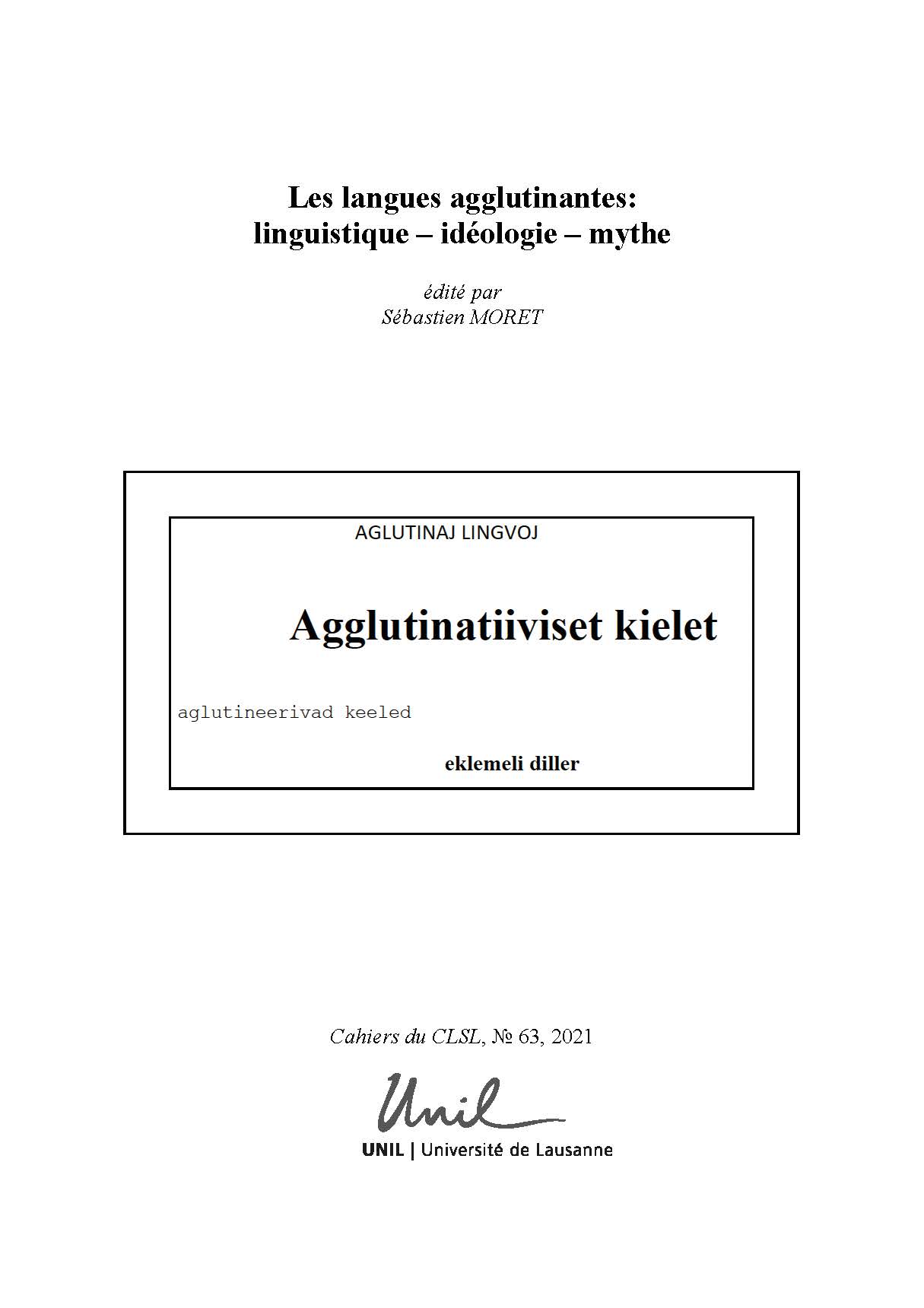Résumé
Les langues finno-ougriennes sont souvent citées comme parangon de langues «agglutinantes», alors que, dans le détail de leur diversité et de leur variation dialectale, il n’en est rien. C’est une tradition de pensée tantôt positiviste, idéaliste, évolutionniste et réductionniste qui a imposé cette vue, qu’on prend souvent pour argent comptant, à l’aune des variétés littéraires de langues comme le finnois ou le hongrois. On fait plus rarement référence à des langues comme l’estonien, le live ou le vote, langues fenniques méridionales dont la morphologie a muté de manière massive pour se nicher désormais en grande partie dans leur (morpho)phonologie. Dans le présent article, les prémisses qui définissent l’agglutinance sont passées au crible d’une épistémologie critique, sur le plan empirique: transparence, univocité, concaténativité, etc. Nous appliquons ensuite une modélisation inférentialiste (Paradigm Function Morphology) aux classes flexionnelles de langues fenniques, comme le finnois, envisagé dans sa variation dialectale, l’estonien, le live et le vote. Nous montrons que ces langues et/ou variétés répondent davantage à une logique de grammaire inférentielle qu’au mécanicisme univoque de l’agglutinance. Au terme de ce survol empirique, nous aboutissons à la conclusion que l’agglutinance gagne à être déconstruite à la lumière des faits et des modèles de la grammaire générative. Celle-ci offre un dispositif d’analyse des fonctions paradigmatiques qui permet de transcender les projections aprioristiques (positivistes, idéalistes, romantiques) sur les grammaires des langues. Dans une telle approche, seuls les concepts d’incrémentialité et d’inférentialité s’avèrent heuristiques, et permettent d’amplifier l’horizon de découverte des systèmes et des structures linguistiques in vivo.

Cette œuvre est sous licence Creative Commons Attribution 4.0 International.
